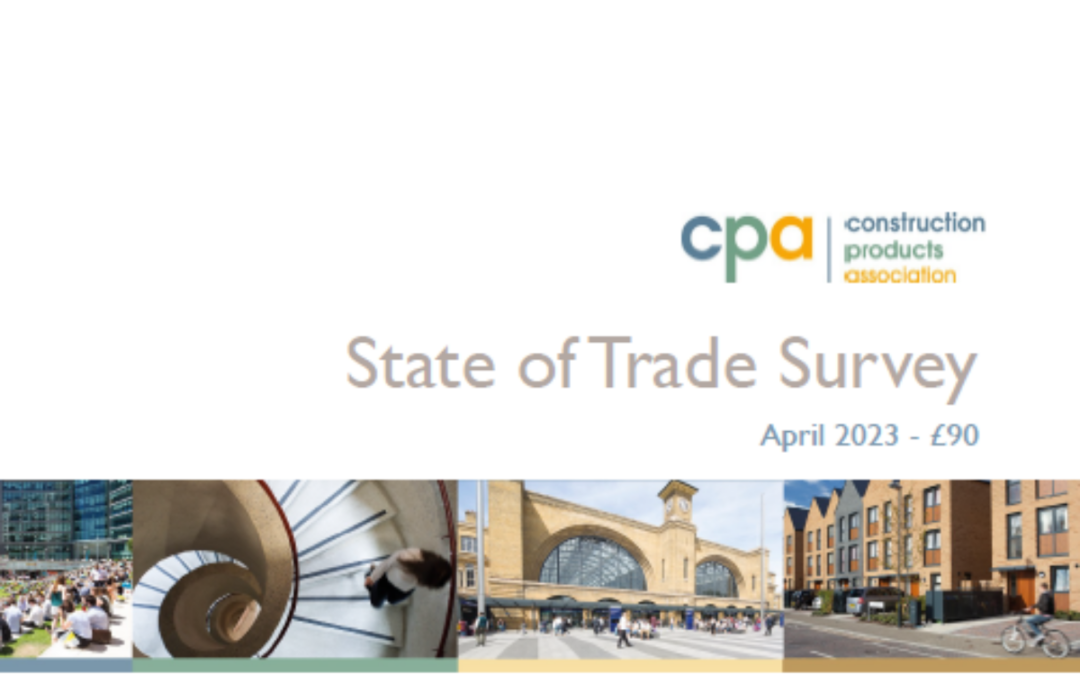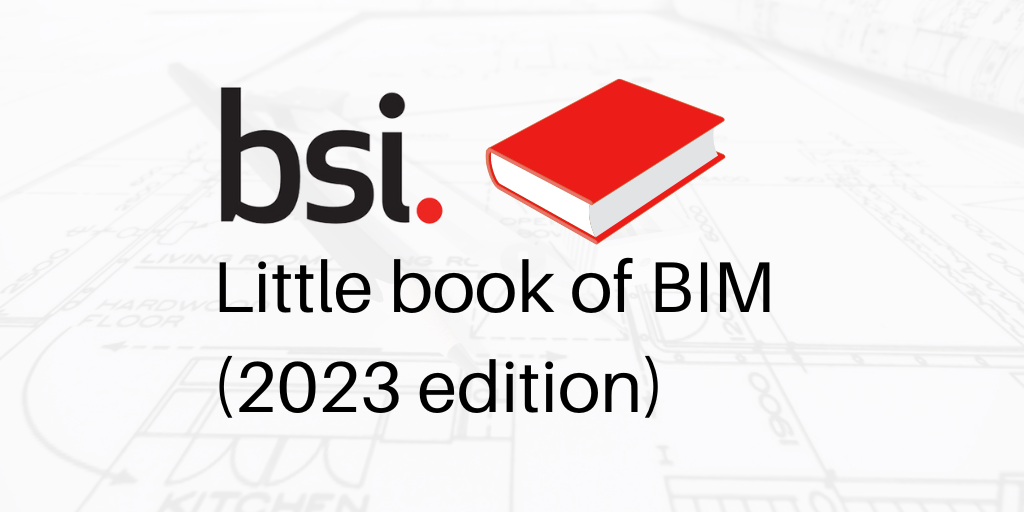Yesterday, the Bank of England implemented the 12th consecutive rise in interest rates to attempt to deal with “sticky” inflation. In more positive news the Bank also upgraded growth forecasts and lowered forecasts for unemployment.
According to the CPA, construction output is forecast to fall from a record-high level and contract by 6.4% in 2023 according to the CPA’s Spring Forecasts. This is a downgrade from a fall of 4.7% expected in the Winter, driven primarily by sharp falls in the two largest construction sectors – private new housing and private housing repair, maintenance and improvement (rm&i) – together with recent government announcements of delays to major infrastructure projects.
Private housing new build, and private housing rm&i account for around 40% of total construction output and are forecast to be the sectors in which demand is most affected by a macroeconomic backdrop of falling household incomes and higher interest rates. In infrastructure, the third-largest sector, growth is expected but has been downgraded from the Winter Forecasts owing to government delaying HS2 work at Euston station and work on major road schemes. A wider recovery in economic growth in 2024 is expected to boost demand for both new build housing and rm&i activity and total construction output is forecast to return to growth, rising by 1.1%.
Private housing is the sector forecast to experience the sharpest contraction in 2023, with a 17.0% fall in output in 2023. Following the government’s disastrous Mini Budget last Autumn which directly led to interest rates rising to a 14-year high, the resulting higher mortgage rates combined with broader cost of living increases and falling real incomes led to a significant weakening in homebuyer sentiment and a sharp drop in demand heading into this year. Continued pressure on household budgets and the absence of stimulus for homebuying in the Budget, particularly first-time buyers, means that demand from a key segment of the market will remain subdued. The forecast assumes a pickup beginning in the traditional Spring selling season with mortgage interest rates settling at current levels – lower than at the end of 2022 but still significantly higher than 12 months ago and the ultra-low rates of the last decade. However, a gradual improvement in demand will need to be maintained throughout the Summer and beyond to shore up house builder confidence to start new developments and drive the recovery in building activity in 2024.
Private housing rm&i is similarly exposed to the fall in real incomes but is also experiencing slower demand. This is due to the fading impact of the one-off boost to activity during and immediately after the pandemic, when increased working from home, a ‘race for space’, and accumulated savings and housing wealth saw households investing in large improvements projects. A drop in planning applications in the second half of 2022 and the return of competing spending decisions such as overseas holidays point to a reduced pipeline of improvements work and discretionary r&m projects for this year. As a result, output is forecast to fall 9.0% in 2023, which is partly offset by strong activity on energy efficiency retrofit and solar/PV work, before a broader economic recovery that drives output growth of 2.0% in 2024.
In infrastructure, forecast growth rates have been downgraded in the Spring Forecasts to 0.7% for 2023 and 1.2% for 2024, from 2.4% and 2.5% respectively in Winter. Activity on regulated frameworks in water & sewerage, road and rail provides sizeable activity, but growth in the sector tends to be driven by large projects, most recently by HS2, the Thames Tideway Tunnel and Hinkley Point C. Nonetheless, in the space of six months the UK government has gone from announcing it would bring forward 138 infrastructure projects to start by the end of this year to cancelling this and delaying HS2 Phase 2a and Euston station, the Lower Thames Crossing and other roads projects by two years in an attempt to reduce government spending near-term. HS2 Phase 2a is beyond the scope of the forecasts and previous forecasts had factored in delays and cost overruns on current phases, but the pause of work at Euston, for which preparatory work had begun, will adversely affect activity during the forecast period.
CPA Head of Construction Research Rebecca Larkin:
“Despite the improvement in the outlook for the UK economy compared to six months ago, the headwinds of falling real incomes and interest rate rises remain. For construction, the most acute effects of this will be felt in the two largest sectors of activity and those that are most exposed to a slowdown in discretionary household spending: private housing and private housing rm&i. The sharp falls that are forecast for housing in 2023 mean that overall, a construction recession will be unavoidable. However, it is important to emphasise that the starting point is a record-high level of activity and the 6.4% contraction expected is smaller than during the construction recessions of 2008/09, 2012 and 2020.
“In previous years, infrastructure activity has helped cushion falls elsewhere, but recent government announcements delaying HS2 work at Euston station and on major roads schemes including the Lower Thames Crossing have weakened the near-term growth prospects for the third-largest sector of construction. Unlike the relatively fast bounce back that is expected in housing in 2024, the prospect of delays leading to even greater cost overruns on large infrastructure projects poses a risk to longer-term activity. This shines a light on the government’s decision to keep capital spending budgets unchanged in cash terms from 2024/25.”
FIS CEO Iain McIlwee added:
“Interest rates rising is seldom good news for construction, particularly new build commercial and private house building, impacting the viability of investment. This change has, however been factored in to the CPA work and whilst there remain some areas of concern, there are more positive indicators in the house building arena and commercial refurbishment and conversion of industrial and commercial to residential (both strong areas for FIS members) have been isolated as a strong performing areas of the sector. Inflation remains a challenge and the level of insolvencies is a worry, but the mists seem to be clearing and the medium to long term prospects for the construction sector remain strong”.




